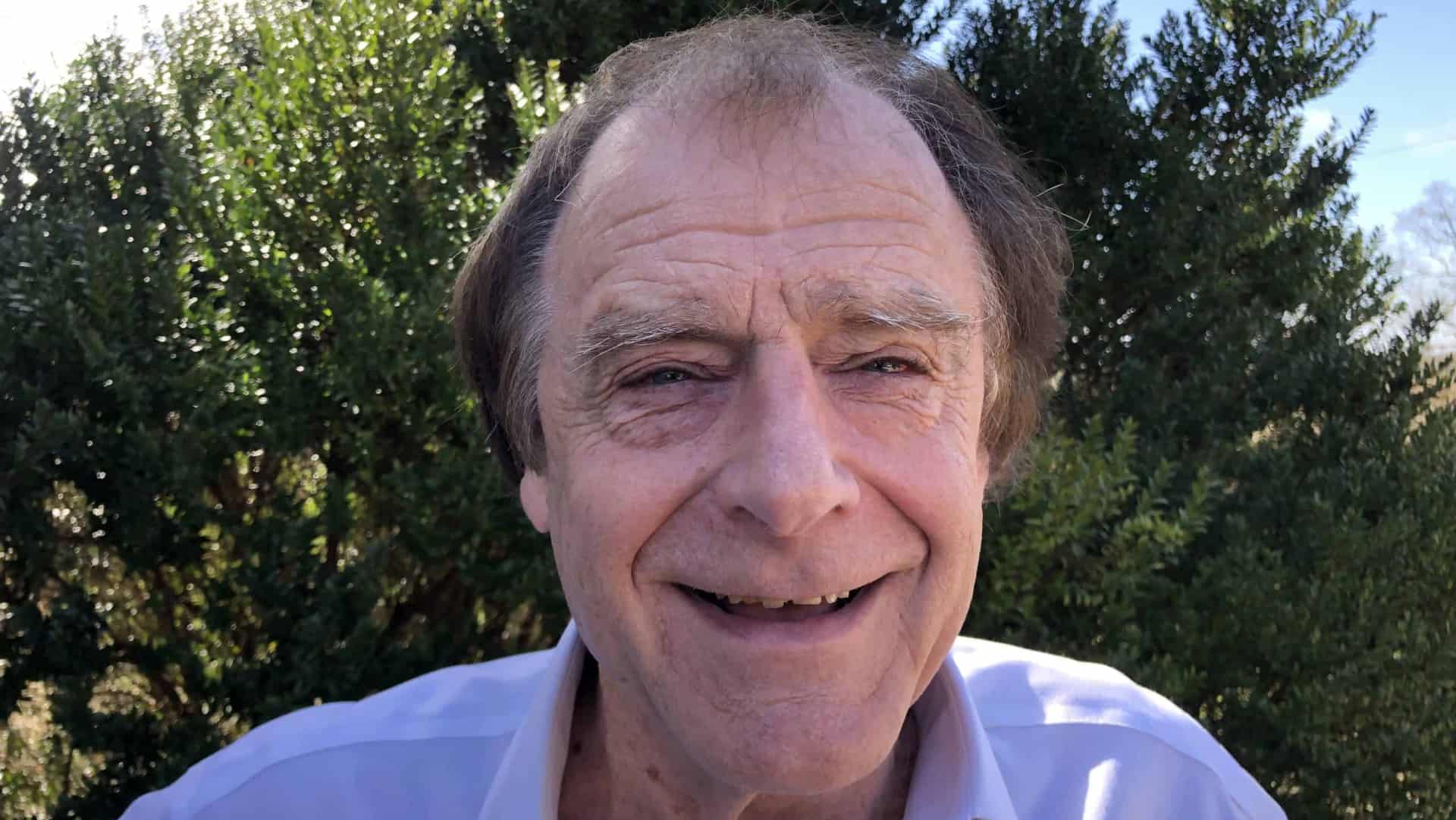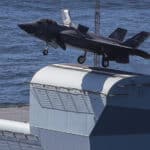Earlier this week, News on the Wight sat down for an in-depth conversation with Councillor Phil Jordan, the leader of the Isle of Wight council (IWC), to find out more about the Cabinet’s recent decision to procure a new floating bridge to connect the towns of Cowes and East Cowes.
Although there has been talk for some time about the Alliance administration at the IWC wanting to start afresh with a new floating bridge, the Cabinet decision on Thursday surprised many, so News OnTheWight was keen to delve into the decision-making process.
The podcast
Jump to the podcast to listen to the conversation. In summary, our hour-long conversation included:
- Examining why the current floating bridge went wrong
- Learning lessons from process of procuring FB6
- Exploring different ways a new floating bridge could be funded
- Can FB7 be an example for IW engineering and innovation?
- Replacing a faulty floating bridge
- Issues with ramps and software problems
- Bridge maintenance and new vessel design
- Designing a new floating bridge
- Improving the service
- Options for running the new floating bridge service
- Replacing a ferry vessel with various options and ownership structures
- What happened with the FB6 Mediation process and insurance disputes
Improved performance
Despite public perception of the existing floating bridge’s poor performance, Councillor Jordan explained that it has been operational for 97 per cent of its scheduled hours in the last 18 months.
However, he acknowledged issues with the vessel’s design, particularly with the rams and their angles, which have led to frequent breakdowns.
Ongoing challenges
Since adjustments were made in 2021, Councillor Jordan explained there have been fewer ram failures, contributing to the improved operational statistics.
The conversation then moved to the ongoing challenges with the floating bridge, including software issues that affected its steering, necessitating a temporary reliance on a push boat for docking under certain conditions.
Costs of operating with a push boat
Councillor Jordan elaborated on the financial implications of using a push boat, estimating an additional cost of around £100,000 a year, which over 20 years could amount to £2 million.
This financial burden was a significant factor in the decision to replace the floating bridge. The new vessel’s design considerations will focus on addressing the current model’s shortcomings, such as its excessive length, weight, and height, which complicate its operation.
Procurement and design challenges
The council aims to learn from past mistakes in procuring and designing the new floating bridge, including ensuring proper project management and utilising local expertise on the Isle of Wight.
The importance of getting the design right from the outset was emphasised by Councillor Jordan, with a view towards a more suitable vessel that accounts for the unique conditions of the Medina River.
How will the new Floating Bridge (FB7) be paid for
Discussing the financial and operational aspects of the new floating bridge, Councillor Jordan mentioned exploring various models for running the service, which could range from direct council operation to licensing or partnership with private entities.
The goal is to ensure the service is financially viable while meeting the community’s needs.
The road ahead: Design, build, and public engagement
The conversation continued with an acknowledgment of the complex road ahead in designing, building, and launching the new floating bridge.
FB7 – An example of Isle of Wight Innovation and Skills
The council plans to engage with the community, leverage local talent, and ensure the project aligns with the Isle of Wight’s broader goals of connectivity and environmental sustainability.
The detailed discussion highlighted both the technical and administrative challenges of replacing the floating bridge and the council’s commitment to finding a sustainable solution that benefits the Isle of Wight community.
What happened in the FB6 Mediation / Arbitration process?
Finally we explored what happened during the mediation process with the three parties involved in the design and construction of FB6 – how long and drawn out it was.
Listen in
You can hear Simon Perry in conversation with Councillor Phil Jordan by clicking on the play button below. You can pause, jump back ten seconds or jump forward 30 seconds.






